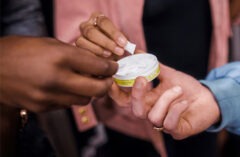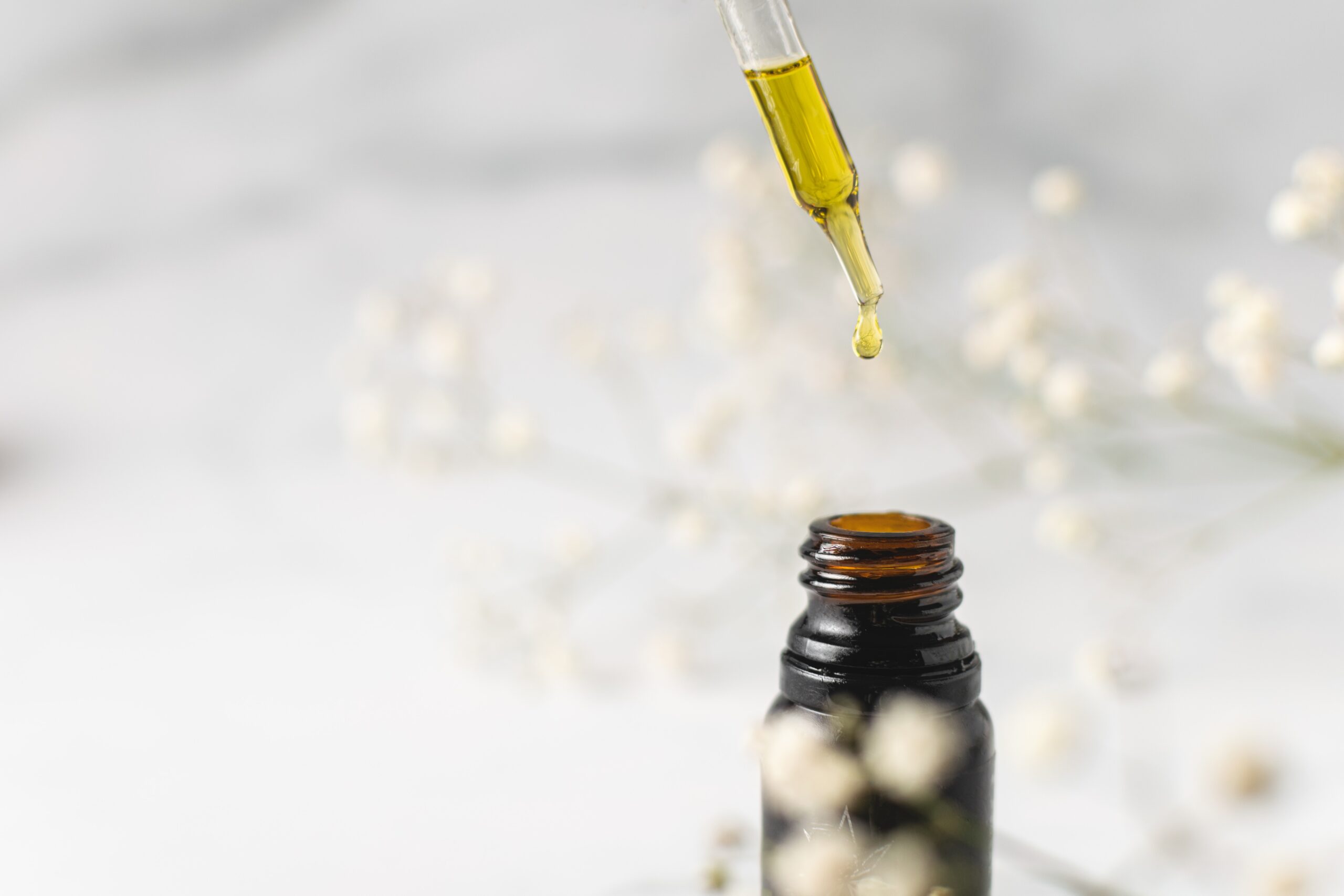Table of Contents [show]
Vapers! We Must Stand United
As most of you should know by now, the FDA imposed new regulations, including what is knows as the PMTA, which I’ll discuss later) on vaping products which they not-so-ironically labelled ENDS (Electronic Nicotine Delivery System). Well, that’s not exactly true. What it did to be exact was to extend the regulatory authority of the FDA to cover all tobacco products “including vaporizers, vape pens, hookah pens, electronic cigarettes (E-Cigarettes), e-pipes, and all other ENDS. FDA now regulates the manufacture, import, packaging, labeling, advertising, promotion, sale, and distribution of ENDS. This includes components and parts of ENDS but excludes accessories.” This excludes however “products marketed for therapeutic use”[1].
That’s right folks, they are trying to protect people by considering smoking and vaping on the same level. Sneaky! And not so smart on oh so many levels.
Vaping = Smoking (and vice versa)
“We have more to do to help protect Americans from the dangers of tobacco and nicotine, especially our youth. As cigarette smoking among those under 18 has fallen, the use of other nicotine products, including e-cigarettes, has taken a drastic leap. All of this is creating a new generation of Americans who are at risk of addiction,” said U.S. Department of Health and Human Services Secretary Sylvia Burwell in a 5/5 FDA statement[2].
I encourage you to read the whole statement to understand what the FDA is trying to do. Basically the statement is built over the following syllogism:
Vaping as a Tobacco Product. Smoking tobacco has been proven to be bad for your health. Therefore, vaping is bad for you.
This is NOT science. This is rhetoric (or politics if you will): this is pure “sophism” or “syllogism fallacy”. Eugene Ionesco beautifully illustrated that syllogism can prove just about any point: “All cats are mortal. Socrates is mortal. Therefore, Socrates is a cat.”
You will notice that in the 5/5 press release, there are not any facts about “e-cigarettes”, only this: “A recent survey supported by the FDA and the Centers for Disease Control and Prevention shows current e-cigarette use among high school students has skyrocketed from 1.5 percent in 2011 to 16 percent in 2015 (an over 900 percent increase)…”
As for the syllogism, statistics by themselves are only rhetorical. So according to the FDA “e-cigs sales have skyrocketed in high schools because they are not regulated”. First and foremost, the regulation of “tobacco products” has NEVER prevented high schoolers from smoking. Just walk past any high school anywhere in the world and you’ll see that for yourself.
What if those 16 percent are former smokers or would have smoked cigarettes in the absence of e-cigs?
PMTA – Double Whammy
In my opinion there are two points to be addressed here: the dubious benefits to public health of mixing up tobacco and e-cigs and the intent to simply prohibit the devices.
The vast majority of vapers quit smoking thanks to the e-cig. But if the FDA says e-cigs are tobacco, then why should one vape? It defeats the original purpose of vaping, and one might as well smoke. The same goes with high schoolers: if they have the choice between two products of “said” same health hazard, they might as well just go for the cigarettes (which still do not require as high of an original investment as vaping).
Secondly, “Today’s rule also requires manufacturers of all newly-regulated products, to show that the products meet the applicable public health standard set forth in the law and receive marketing authorization from the FDA, unless the product was on the market as of Feb. 15, 2007.” The procedure of Premarket Tobacco Application (aka PMTA) is complicated and requires a lot of expenses in terms of expertise, medical and otherwise[3]. However, filing for marketing authorization is not a guarantee to receive it: your PMTA has first to be deemed receivable and then reviewed extensively[4]. So not every manufacturer will be able to afford it (none?) and not all of the filed PMTAs will be received.
As for the products on the market as of 2/15/2007… well, forget it. According to Wikipedia, e-cigs were introduced to European and US markets between 2006 and 2007.
If the FDA wanted to prohibit “ENDS”, they wouldn’t proceed otherwise.
And Now, a Little Bit of Fiction
In the late XIXth century some bigots went on a dry crusade, resulting in the banning of alcohol in the early XXth century (Prohibition). And then came the Great Depression and alcohol was made legal again (mostly for economic reasons). Many of the effects of Prohibition were counterproductive: corruption, black market, organized crime, aggravated unemployment and, yes, higher consumption of alcohol[5].
So what if the FDA regulations indeed aim at prohibiting vaping devices? They will immediately create a black market or grey economy. Then the products wouldn’t need to meet any regulations and could therefore become actually dangerous (think counterfeit, battery explosions – and why not poisonous e-liquids). Nobody, not even the government would benefit from it: grey economies escape taxes.
After a while – and probably many public health related incidents later – the FDA would probably lift the ban under public pressure. They would do so mostly for financial reasons: it would create jobs (or save some), allow more taxes to be collected, etc.
So why go through this whole kerfuffle? The FDA should take reasonable and proportionate measures, instead of outright banning vaping. Maybe we ought to think about the motivation underlying this government decision.
Food for Thoughts
Many YouTube reviewers and columnists raged about it, explained it, dissected it – I recommend this particular video, it is clear and detailed. They seem to be trying to gather vapers together, whether it’s behind CASAA, SFATA, notblowingsmoke.org or another non-profit organization.
The more united vapers get, the stronger they are and the more likely their protests are to be heard. And if manufacturers can join the dance, as Innokin did with its C50 American Edition, that would be of great help too.
So far the best way to defend vaping is to stand together.
This way, if worse comes to worse, and the FDA rules remain the same, we’ll have a giant think tank to propose new ideas / amendments.
Meanwhile, sit tight, and do join the movement.
And remember folks, freedom only wears out if you don’t use it.
Colin Vettier
Colin Vettier is a French native writer / lawyer who recently immigrated to the United States. He is fascinated by the vaping culture in the US and how the FDA regulations will affect it.
Footnotes
[1] http://www.fda.gov/TobaccoProducts/Labeling/ProductsIngredientsComponents/ucm456610.htm
[2] http://www.fda.gov/newsevents/newsroom/pressannouncements/ucm499234.htm
[4] According to the FDA, to date 8 have received marketing orders and 4 have been refused to file for submission.
[5] Alcohol Consumption During Prohibition, Jeffrey A. Miron, Jeffrey Zwiebel, NBER Working Paper No. 3675 (Also Reprint No. r1563) Issued in April 1991




